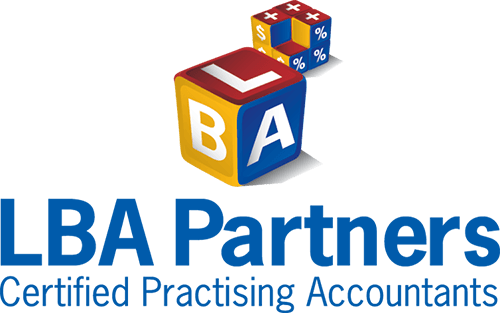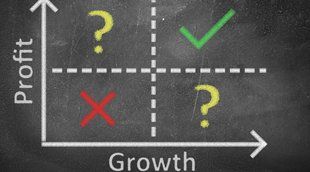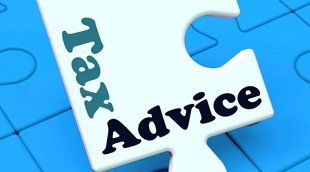Motor vehicle expenses – which method should my business use?
If your business owns or leases a vehicle that is used for business purposes, it’s essential to keep proper records to ensure you’re entitled to the maximum deduction for your vehicle expenses. Running costs like fuel and oil, repairs, servicing, insurance premiums and registration are all potentially claimable, as well as interest payments on a loan to purchase the vehicle, lease payments, and depreciation. However, the method used to calculate your claim depends on your business structure and the type of vehicles you’re claiming for. Trusts and companies If your business operates in a trust or corporate structure, you must use the “actual costs” method for all types of vehicles used in your business. This means you can claim the expenses actually incurred, which requires you to keep receipts. You can only claim for business-related use, so if you use the vehicle for any private purposes you must identify the percentage that relates to business use. Keeping a diary that records your business and private use will allow you to justify your claim. Travel between your home and your business is treated as “private” use, unless you operate your business from home and need to travel away from home for business purposes. Individuals If you’re a sole trader (or operating in a partnership that includes at least one individual), the method to use depends on whether the vehicle you’re claiming for is a “car” or some other type of vehicle. A “car” for these purposes means a vehicle designed to carry fewer than 9 passengers and a load less than one tonne. For non-cars, you must use the “actual costs” method described above. But for car expenses, you have a choice of which method to use: either the “cents-per-kilometre” method or the “logbook” method. The cents-per-kilometre method allows you to claim a set rate per kilometre travelled for business use, up to a maximum 5,000 kilometres per year. The current rate for 2024–2025 is 88 cents per business kilometre. The law requires you to make a “reasonable estimate” of your business kilometres, which means you need to be able to show the ATO how you derived your total number of hours. The logbook method, on the other hand, is not limited to 5,000 kilometres but you’ll need to keep more detailed records. A logbook of your business kilometres travelled is required in order to calculate the percentage of total kilometres travelled for business during the year. This is then multiplied by your car expenses. In the first year of using the logbook method, you’ll need to record detailed odometer readings for each trip made in a 12-week continuous period. This 12-week representative period can then be used as the basis for calculating your claim for the year, and for the next four years. Navigating the complexities Once you’ve identified that your business may be entitled to claim vehicle expenses, it’s a good idea to seek expert advice on the detail as additional rules may apply. For example: Fringe benefits tax (FBT) may apply to the non-business portion of the vehicle use. The cost for working out depreciation (decline in value) of cars is limited to a maximum value. The logbook method requires you to also take into account circumstances such as variations in your pattern of use of the car. Contact our office for expert assistance on maximising your business’ vehicle deductions and getting your records right.



